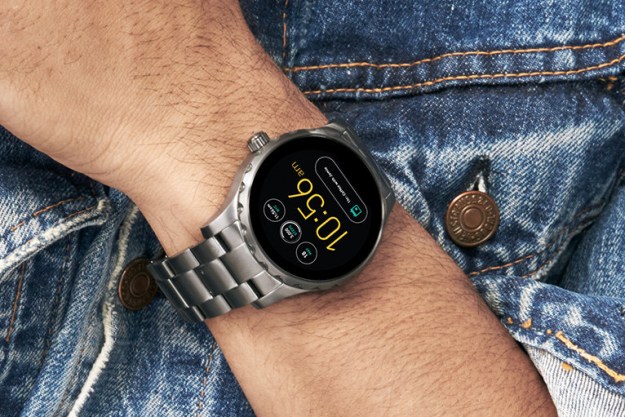They may have begun as glorified watches for the wealthy, but wearables have come a long way since then. From children’s health to women’s safety, wearable technology now covers a broad spectrum of uses, and it would seem that we’ve only seen the tip of the iceberg when it comes to these devices’ true potential. Easy to use, fun, and sometimes even fashion forward, it’s no wonder that wearables have become the next big thing in Silicon Valley and beyond. And while we are always excited about what’s yet to come, here’s a look back at some of the most useful devices to date.
UpRight posture trainer ($130)

Americans are working longer hours than ever, and even though we’ve invented a myriad of standing and sitting desks, our posture could still stand for improvement. Enter UpRight, a wearable that trains you to sit and stand upright. The device attaches to your back and syncs to your phone via Bluetooth, providing you with real-time feedback on your posture progress. Because UpRight vibrates every time you slouch, it constantly reminds you to stand or sit up straight, potentially lessening lower back pain and other related issues.
AngelSense GPS ($60 startup + $40 monthly fee)

Self-described as “the only GPS & Voice-Monitoring solution designed exclusively for children with special needs,” AngelSense comes fully loaded with a number of tools designed to help parents stay in the know in regards to the whereabouts of their children. With a diary schedule, missing child alert, text alerts, and smart search — which tracks your child in case of an emergency — parents can rest a little easier knowing that their children are always under some form of surveillance. The removable wearable attaches to clothing with a special lock, too, and is proven to save lives.
OrCam ($3,500)

For those who are visually impaired, OrCam is a game changer. Small, inconspicuous, and highly useful, this wearable attaches to a pair of glasses and proceeds to recognize and read text, products, and prices to the wearer through an earpiece. Simply point to what you want read and discover what you might not have seen otherwise. From reading books to shopping in stores, OrCam helps those with vision loss regain their independence.
MyMDband ($65 startup + $65 annual fee)

For the longest time, LifeAlert and its infamous tagline have been the only available technology for senior citizens. However, with MyMDband, even the least tech-savvy individuals can own a high-tech solution in case of medical emergencies. Featuring a small, laser-engraved QR code that features an individual’s relevant medical history, the band allows health professionals to scan and quickly access any necessary and potentially life-saving information. And because MyMDBand automatically alerts emergency contacts to the wearer’s location when the QR code is scanned, you’re notified immediately if grandma or grandpa needs help.
Re-Step Rehabilitation System

We already have smart clothes, so why not smart shoes, as well? Re-Step, designed to rehabilitate those with walking disorders or other injuries, is a special pair of shoes whose sole height and angles change in a specific given order, facilitating motor learning in the process. By measuring gait and sending data and treatment offerings to connected devices, patients and caregivers can track progress and help make real-time adjustments. And because these shoes can be worn at home or at a rehab facility, getting back on your feet is now easier than ever.


